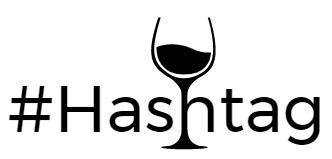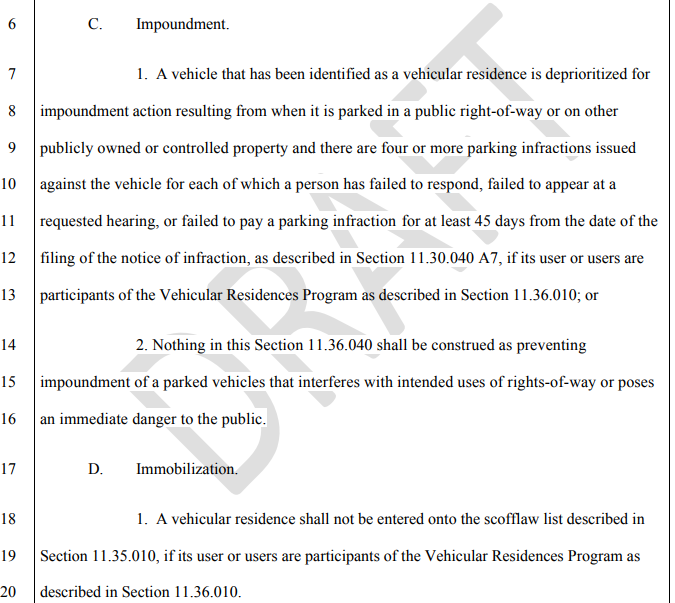#Turnout
#TURNOUT
Hey #HashtagBlog readers! My name is Zach and I’ve lived in Seattle for 5 years now, and I’m excited to start contributing to this blog! My aim is to provide data driven analyses to shine more light on issues of the public concern. My main areas of interest are land use and transportation but I expect sometimes I’ll veer into other topics – this blog post is one of those times!
For my first ever #Hashtag post, I decided to look in to turnout for the August 2017 primary election. There’s been some election result maps floating around in outlets like Crosscut and the Seattle Times, but I haven’t seen a map and analysis of the entire August 2017 primary race turnout – you’re getting a #Hashtag exclusive here!
But as a recap, in case you – one of #HashtagBlog’s 27 readers – were living under a rock for the last 6 months, Seattle just underwent a long, long, LONG primary battle – driven in mostly the hotly contested Mayor’s race and the somewhat contested City Council races. And perhaps thanks to those primary battles, voter turnout tended around 10 points higher than previous off-year primary elections.
So, to figure out exactly where voters turned out, I went ahead and mapped the precinct-level returns posted by the King County Board Of Elections. It was a relatively simple process, which if there’s interest I can definitely write a quick explainer blogpost (or feel free to PM me on social media if you’d like some guidance!) But take a minute to look at the map. It’s okay; I’ll wait.
Back? Okay good! A quick word on the map since I’ve been asked about it a few times: Each precinct is colored in one of 5 colors bucketed in quintiles. The lighter and more yellow colors mean a lower voter turnout, while the darker, greener colors indicate a higher one.
So a few obvious insights from the August primary: the single family, rich zones turned out in a massive way. The wealthy single family zones in Madison Park, Magnolia, Laurelhurst, and West Seattle had a >50% voter turnout. Another no-duh: poorer and less white neighborhoods voted less frequently: some precincts in South Seattle had just a 25% turnout rate.
But here’s some non-obvious and interesting results (at least to me!) from this analysis: renters in Capitol Hill, Belltown, Lower Queen Anne, University District, and South Lake Union didn’t vote at all. SEA 43-2544, which covers most of Amazonia, had a paltry 19% turnout rate.
Even worse, precincts covering the University Of Washington had some of worst turnout of all: between 10% and 11%. This number might be a bit misleading however since some graduated college students may not live on campus anymore and have not re-registered to vote in their new home.
So what can we do to increase voter turnout? For me, the unifying factor of the under-voting neighborhoods is one thing: the presence of renters. What we need is an all-candidate committee, which is staffed by each campaign to increase voter turnout in all precincts, with a particular focus to community of color. We need to make it obvious to renters that an election is coming up. Signs saying, “Vote By Tuesday, November 7th” should be on EVERY corner in the lowest turnout precincts.
We also need a governmental response. With a week left of the election, the King County Election Board can remind voters who didn’t yet vote to do so. I’ve heard from friends who lost their mail-in ballots that they thought they couldn’t vote anymore. These reminders can include a link to print out a replacement ballot.
And I’m going to test out this theory. My precinct – SEA 43-1843 - had just a 27.9% turnout. I want that number to be over 50% - so I’m going to take it upon my self to blanket my area with signs informing of the general election. I don’t want ANYONE who lives in the 20 block or so area to be surprised of the ballot due date. And we’ll see if my theory works. If I can, hopefully come next cycle PCOs along with campaigns will follow a similar tactic to increase voter turnout in the more renter heavy areas.
There are definitely a few more things to understand here: which communities voted more or less frequently as compared to past elections? Which neighborhoods are have a lot or too few registered voters and how can we increase registration in those places? In a continuation of this series, I’ll crunch some more numbers and figure out the some of these questions and more.
Until then, give me some feedback! Tweet at me on twitter @zachlubarsky, or add me on Facebook. Let me know what you think, how I can improve my writing and content. I'll even take some insults if you got any!
And a special thanks to our host, Michael Maddux for allowing me to contribute to this awesome blog!



